Today we have XSPC’s ECX Ultra Concentrate Coolant to check out. This will be more of an information sharing exercise than an actual review as we have no real way of scientifically testing the product. We’ll do some basic pH testing but that’s about as far as we can go, so we’ll make up for it with heaps of photos with different tubing and lighting. We do have a system which is due for maintenance and a coolant change, so we’ll service that and refill with some ECX and at some point in the future publish an update on how it’s going in the system.
XSPC have again stepped up by providing “review” samples of the ECX Ultra Concentrate Coolant. Extreme Rigs is grateful of XSPC’s ongoing support which enables us to publish the reviews and information for our readers to make informed purchase decisions.
Lets begin by examining the key points on the label.
On the front we find the following information and we have highlighted the key 3 points.
“XSPC ECX is a high performance concentrate coolant for PC water-cooling. Each 100ml bottle will make 1litre of coolant when mixed with purified water. ECX offers superb protection for copper, brass, steel, nickel, aluminium and has been tested with a range of acetal and acrylic plastics.”
The back of the label offers the following information:
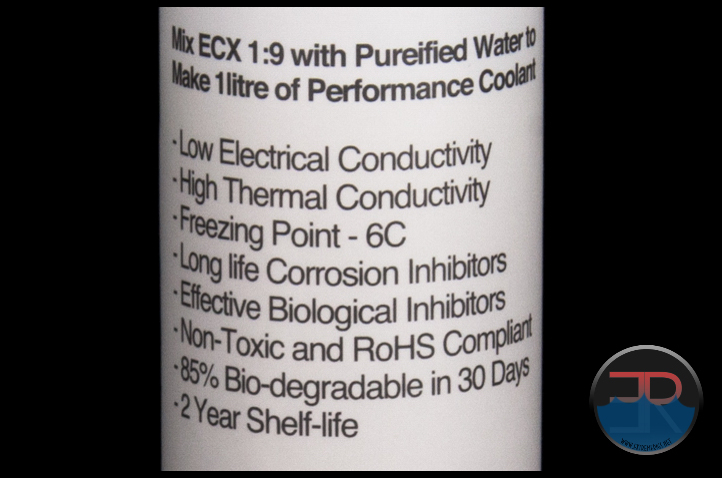
ECX is a concentrate, so obviously the end user has to dilute prior to filling their system. 100ml is supplied in each bottle , so using the advised 1:9 mixing ration, 1 liter of “Performance Coolant” can be made from each bottle of concentrate.
Low Electrical Conductivity: In an ideal world this would be NON Electrically Conductive, but what can we expect when mixing with 9 parts water anyway. As always leak check thoroughly after filling before powering on you system.
High Thermal Conductivity: This can only be a good thing as we want to transfer heat from various components to our radiators for heat dissipation.
Freezing Point – 6C: More than adequate for passive (non chiller) systems at room temperatures.
Long Life Corrosion Inhibitors: Considered by many as an essential component of any good coolant to prevent mixed metal corrosion, aka Galvanic Corrosion. Galvanic corrosion occurs when two different metals are in contact in a corrosive environment and one of the metals experiences an accelerated corrosion rate. The different metals form a bimetallic couple because of their different affinities (or attraction) for electrons. Thankfully the vast majority PC water cooling manufacturers know about this and for the most part, our water cooling components are made with similar enough materials (Nickel, Brass, Copper and Stainless Steel) to be called compatible with each other. However, given some of the nickel plating issues we have seen in the past we feel the peace of mind that a corrosion inhibitor coolant offers is worth the admission fee over using “distilled & biocide” and hoping things go OK.
Thankfully the vast majority PC water cooling manufacturers know about this and for the most part, our water cooling components are made with similar enough materials (Nickel, Brass, Copper and Stainless Steel) to be called compatible with each other. However, given some of the nickel plating issues we have seen in the past we feel the peace of mind that a corrosion inhibitor coolant offers is worth the admission fee over using “distilled & biocide” and hoping things go OK.
Effective Biological Inhibitors: While some may consider corrosion inhibitors for PC water cooling optional these days, some form of biocide is essential to prevent algae and or other biological growth in the loop.
Non-Toxic and RoHS Compliant: More info and our comments are on the next page: MSDS – Chemicals & Safety.
85% Bio-degradable in 30 Days: We should always try to find the most environmentally friendly product which is suitable for the task at hand. ECX Concentrate is based on refined vegetable extracts and therefore gets our green tick of approval even if we’re not sure what happens to the remaining 15% after 30 days. Still, appropriate environmentally safe and approved disposal of used coolant is a responsibility that we must all take seriously.
2 Year Shelf-life: This is great BUT nowhere on the bottle or label is a manufacture date. For “2 year shelf life” to have any meaning and give buyers confidence they have bought “fresh” coolant, a date must surely be included on the packaging.
Overall we are impressed with the key points of the concentrate. Everything that we would want for a custom loop coolant is present, however we notice that a recommended service time is not provided. Some manufactures advise 12 months while others claim up to 3 years between fluid changes.
As a safe rule we would suggest a 12 monthly service interval, but feel XSPC should offer an expected working life for the their “Performance Coolant.”
Mixing ratio and the actual color of the coolant after diluting as per instructions.
We mixed a small batch of each ECX sample received at the specified ratio of 1:9 by adding 20ml of ECX Concentrate into 180ml of Distilled water.
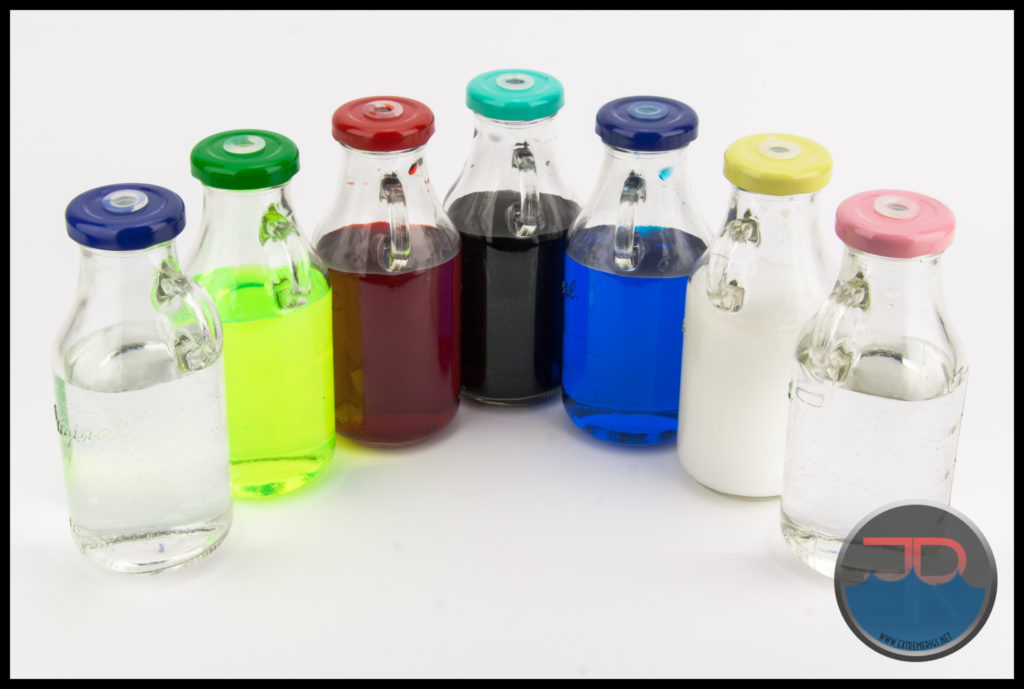
A sample of each mixed color was then transferred into both XSPC 14mm OD clear PETG and 14mm Acrylic tubing and set up for side by side display. Additionally two types of soft tubing are utilized on each of the individual color pages.
You may think that some of the photos in the following pages look the same, and yes some certainly appear similar, however there are variations in placement of the lighting such as lighting at the front only, at the back only, front and back, additional overhead lighting and UV lighting.
Additionally, most light options were photographed with both light and dark back-grounds, which for some coolant colors makes a huge difference in it’s appearance.
The white LED lighting strips we used are G-Vans Sunlight Sticks which seem to be no longer available, likely due to a naming rights issue with Logisys. Unlike the Logisys Sunlight Stick which is enclosed in acrylic, the G-Vans version featured a low-profile Aluminum casing with 18 LED’s and even though diffused, produces a cool, bright white light.
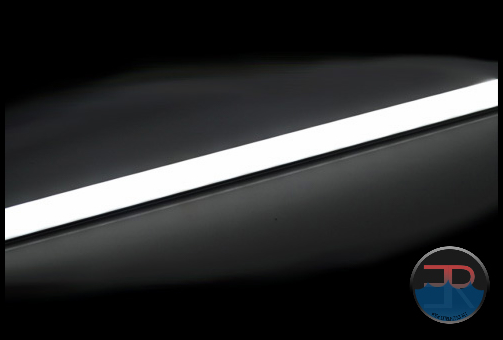
The UV lighting photos for the most part are done with a Bitspower 30cm UV Cold Cathode Lamp, with the occasional use of UV LED “spotlights”. These were total darkness shoots with exposure times exceeding 15 seconds in most cases.
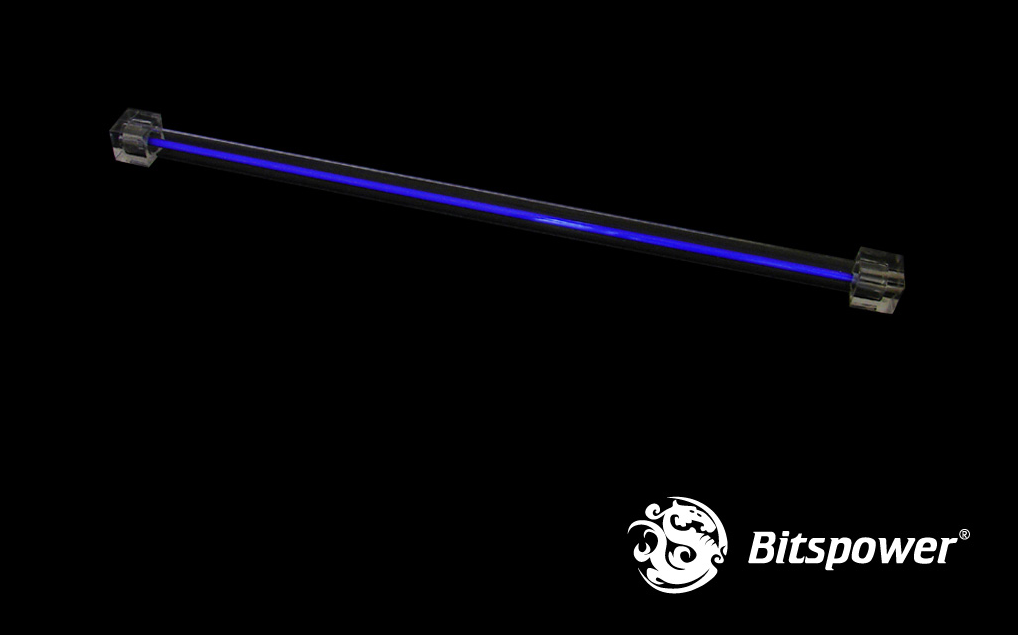
Next up we we’ll begin by taking a look at the MSDS (Material Safety Data Sheet) and see what we can determine about ECX Concentrate.








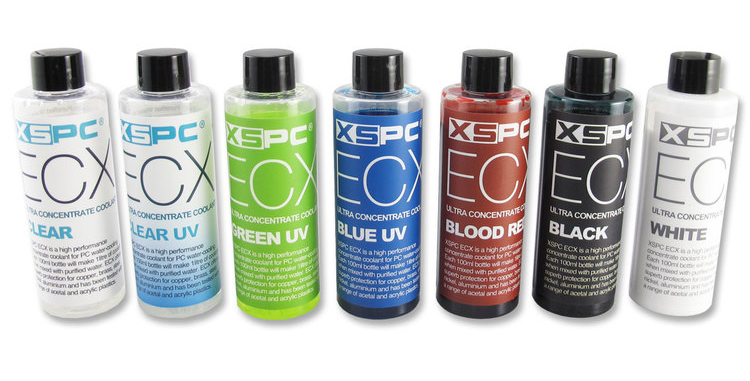

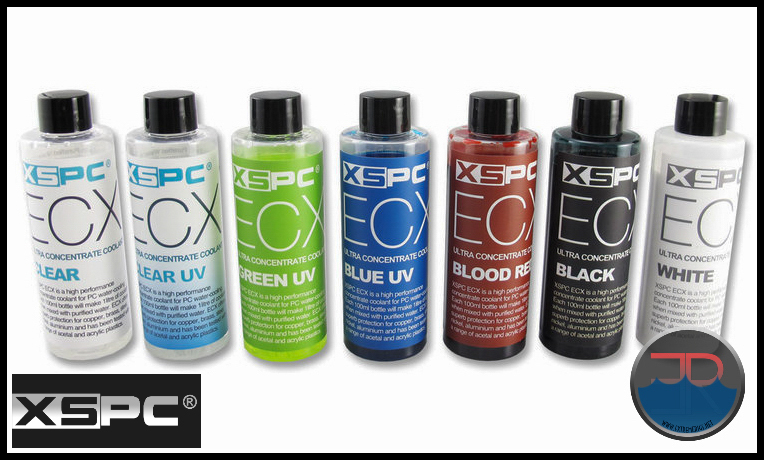
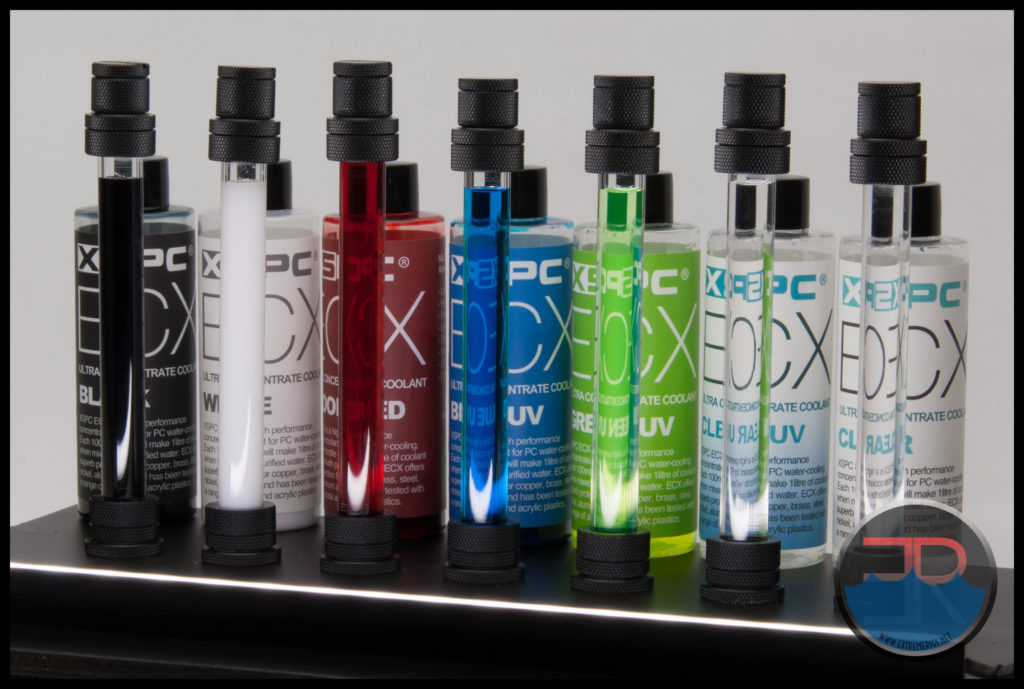



Outstanding! I checked this out to see how the XSPC coolant looked and see what you folks thought about it in general. As always, ER delivered an article with amazing detail covering things I didn’t think about!
Comments are closed.